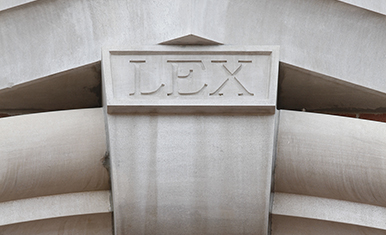Why Courts Fail to Protect Privacy: Race, Age, Bias and Technology
The Fourth Amendment protects against unreasonable “searches and seizures,” but in the digital age of stingray devices and IP tracking, what constitutes a search or seizure? The Supreme Court has held that the threshold question is supposed to depend on and reflect the “reasonable expectations” of ordinary members of the public concerning their own privacy. For example, the police now exploit the “third party” doctrine to access data held by email and cell phone providers, without securing a warrant, on the Supreme Court’s intuition that the public has no expectation of privacy in that information. Is that assumption correct? If judges’ intuitions about privacy do not reflect actual public expectations, it may undermine the legitimacy of the criminal justice system and exacerbate social unrest.
Although prior research has shown that the police disproportionately target younger people and minority communities, judges tend to be male, white, educated, affluent, and older than the general population. Their intuitions may thus be systematically different. Even worse, cognitive science suggests that judges may have difficulty putting themselves into the shoes of the searched person or considering the reasonableness of the police tactics from an ex ante perspective, without knowledge about the fruits of the search.
With 1200 respondents, we conducted a large-scale survey experiment to test whether, and if so, why, contemporary Fourth Amendment jurisprudence diverges from the societal norms it purports to protect and reflect. We identify a range of privacy expectations for 18 different police practices. We use oversampling, reweighting, and randomization to investigate particular causes of this disparity between judicial and public expectations. We conclude by suggesting better ways forward, so that social science evidence can replace judicial speculation.


